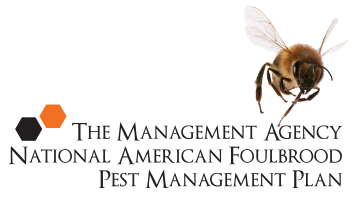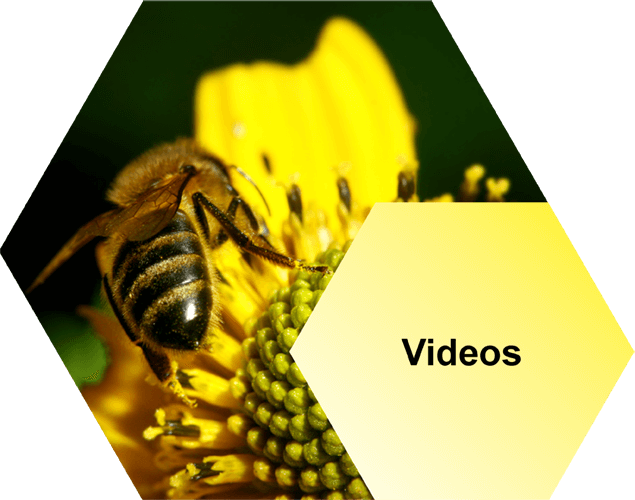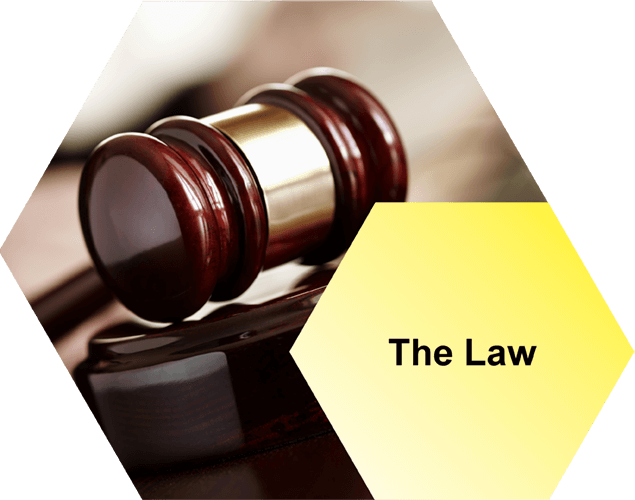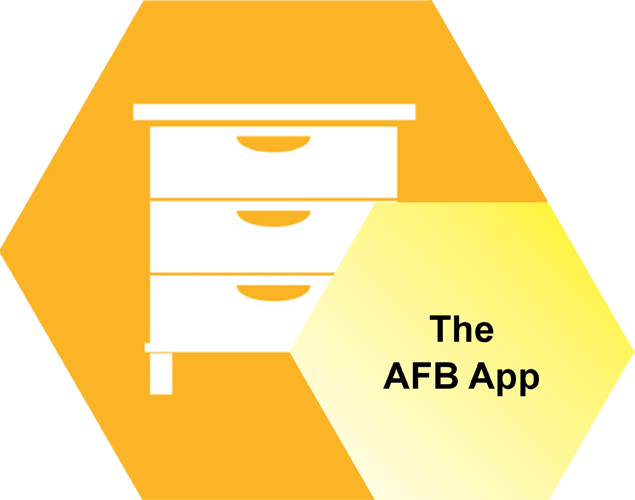New Levy Proposal
Management Agency Response to submissions on proposal to replace the American Foulbrood Apiary and Beekeeper Levy with a Hive and Beekeeper Levy
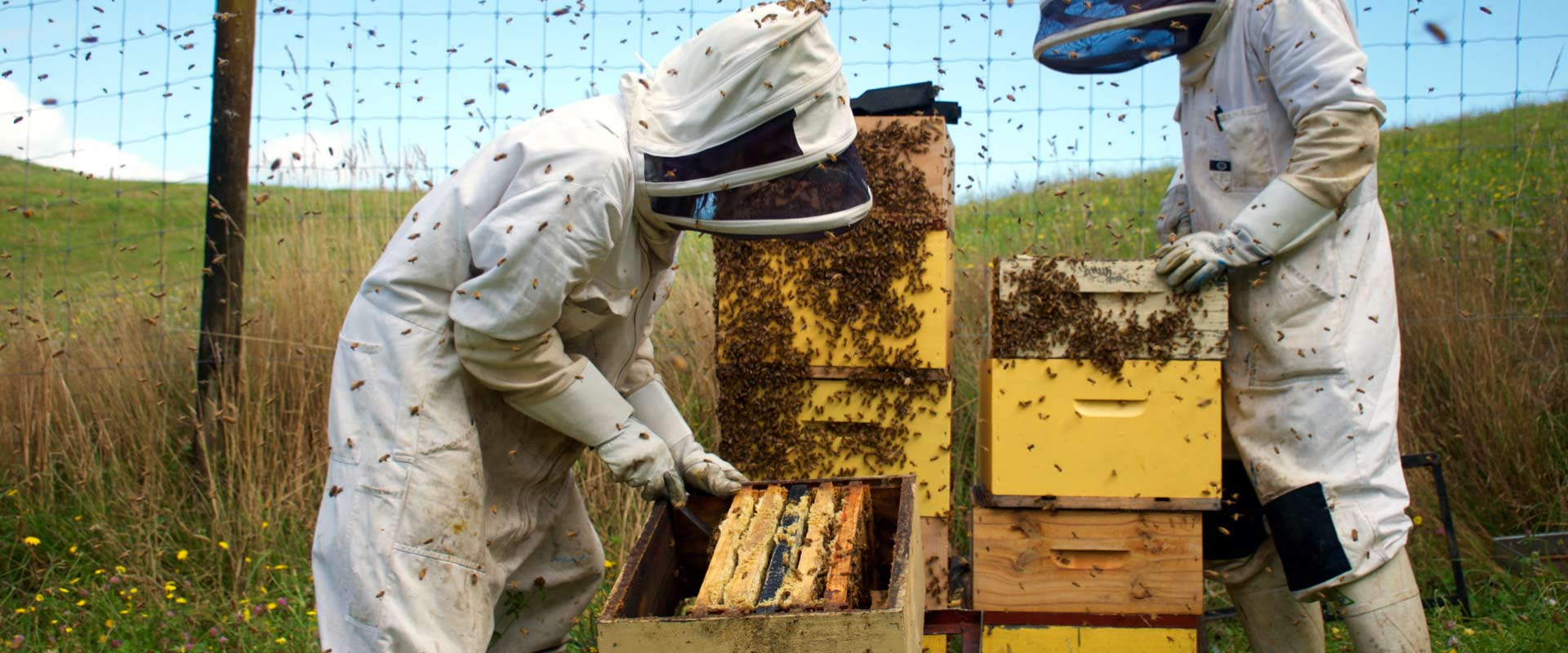
Summary of Agency decisions
The reasons for these decisions are set out below:
Replace the Apiary and Beekeeper Levy with a Hive and Beekeeper Levy
A narrow majority of submissions considered that the existing apiary and beekeeper levy should be replaced with a hive and beekeeper levy.
Submissions in favour of the replacing the existing apiary and beekeeper levy with a hive and beekeeper levy stated that it more fairly distributed the cost between large and small operations, incentivises smaller apiaries and encourages people to take up hobby beekeeping.
The primary objection stated by submissions against replacing the apiary and beekeeper levy with a hive and beekeeper levy was that it was too easy for beekeepers to under report their true hive numbers.
The Agency noted the concerns expressed about the potential for beekeepers to underreport their hives under a hive levy. However, the Agency was not satisfied that these submissions made the case that the under reporting of hives would be significantly higher than the current under reporting of apiaries and believes this can be mitigated by developing new mechanisms to audit hive declarations. The Agency also considered that submissions in favour of changing to a hive and beekeeper levy made a more compelling case for changing to a hive and beekeeper levy than the submissions against as:
- A hive and beekeeper levy fairly distributes costs between large and small beekeeping operations,
- A hive levy incentivises smaller apiaries with a lower disease risk, and
- Replacing the apiary levy with a hive levy removes the financial incentive for beekeepers not to register all their apiaries, thereby improving the Agency’s ability to monitor and manage American foulbrood.
Setting a maximum levy rate at $40 per beekeeper and $2.55 per hive
A majority of submissions opposed the proposed levy rates. The primary objection was that the proposed levy rates were too high, and beekeepers could not afford to pay them.
The Agency is concerned about the financial hardship that many beekeepers are experiencing. However, the Agency is also concerned that continued underinvestment in AFB elimination has the potential to further erode beekeeper incomes due to hive losses associated with AFB, particularly at a time when AFB may increase as a consequence of the financial pressures that beekeepers are experiencing. The proposed levy rate for 2020/21 and maximum levy rates are approximately $0.65 (proposed) and $1.80 (maximum) per hive above the current levy rate. The Agency considers that the additional levy is justified to reduce the costs associated with losing hives and production to AFB.
Charge non-compliant beekeepers to recover the costs of compliance and enforcement actions
A majority of submissions agreed that the Management Agency should charge non-compliant beekeepers to recover the costs of compliance and enforcement actions.
Submissions in favour of charging non-compliant beekeepers to recover the costs of compliance and enforcement actions stated that they believed that non-compliant beekeepers are the most responsible for the AFB problem and they supported strong penalties to deter non-compliance.
The primary reason given by submissions opposing charging non-compliant beekeepers to recover the cost of compliance and enforcement actions was that they believed the penalties were too severe, would encourage non-compliance and underreporting in order to avoid penalties.
Under the National American Foulbrood Pest Management Plan beekeepers are responsible for the costs of eliminating AFB from their beehives. Cost recovery is intended to recover the costs of the additional AFB control activities required to manage the consequences of non-compliant beekeepers’ behaviour. The Agency believes it would be unfair to expect compliant levy payers to fund these actions from the levy and has therefore decided to recover the costs of compliance and enforcement actions from non-compliant beekeepers.
The analysis of submissions and the Management Agency’s response can be found in the documents here:
Levy proposal documents
- Download – March 2019 Levy proposal document
- Download – frequently asked questions, dated 19 March 2019
Previous levy consultation
Access to the July 2018 AFB levy consultation can be found here.
Take the AFB 5 minute quiz
How well do you know what you need to know about AFB and beekeeping? Take our short quiz and find out.
Videos
Our videos cover everything from your legal obligations to how to recognise AFB, collecting cell and bee samples and more.
Symptoms
There’s a lot of good information here, telling you everything you need to know about recognising AFB: the visual symptoms, smell of AFB and more.
Inspection and Diagnosis
Successfully eliminate AFB by telling the difference between symptoms of AFB and other brood diseases in the hive. We tell you the best methods for inspecting your hives.
The Law
New Zealand beekeepers have a number of legal obligations that must be met regarding AFB disease. Read the shortened list in summary, here.
Elimination
Most hives become infected because bees, honey or equipment have been put into a hive from another hive that is infected with AFB. Lower your chances of an AFB infection by reading this section.
AFB Recognition Course Info
Find out when the next AFB Recognition and Competency Courses, or Refresher Courses are available. These are held throughout the year in various New Zealand locations across the South Island and North Island.
The AFB App
Follow the link below to open the App. Once open to save to your device you need to bookmark the URL on your phone so you can find it easily again. Please click here to open.
